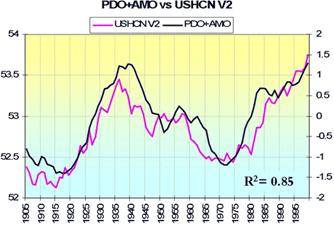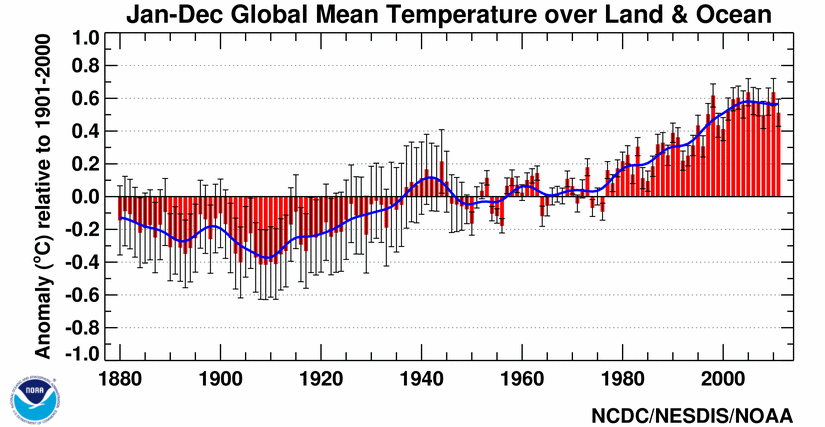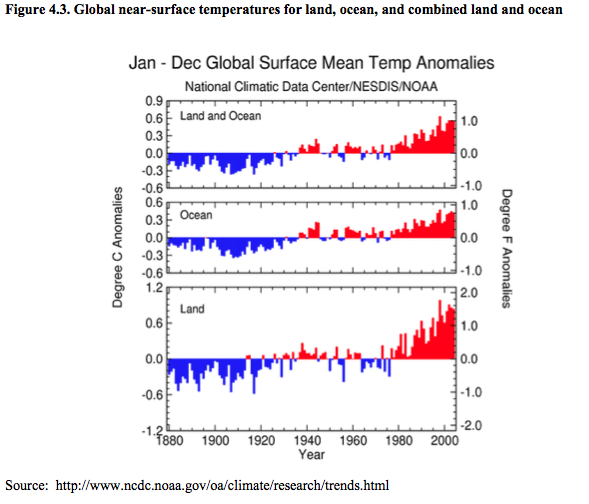Old Rocks
Diamond Member
- Thread starter
- #21
While we are discussing tenths of a degree on global scale, very important tenths, on a local scale, those tenths get magnified.
U.S. records warmest March; more than 15,000 warm temperature records broken
Apr. 10, 2012 — Record and near-record breaking temperatures dominated the eastern two-thirds of the United States and contributed to the warmest March on record for the contiguous United States, a record that dates back to 1895. More than 15,000 warm temperature records were broken during the month.
The average temperature of 51.1°F was 8.6 degrees above the 20th century average for March and 0.5°F warmer than the previous warmest March in 1910. Of the more than 1,400 months (117+ years) that have passed since the U.S. climate record began, only one month, January 2006, has seen a larger departure from its average temperature than March 2012.
We are seeing this effect in Australia right now. And, because of the effect of the lack of Arctic Ice on the jet stream, we are seeing the cold weather in parts of the Northern Hemisphere, while the Arctic Ice freezeup remains well below historic levels.
U.S. records warmest March; more than 15,000 warm temperature records broken
Apr. 10, 2012 — Record and near-record breaking temperatures dominated the eastern two-thirds of the United States and contributed to the warmest March on record for the contiguous United States, a record that dates back to 1895. More than 15,000 warm temperature records were broken during the month.
The average temperature of 51.1°F was 8.6 degrees above the 20th century average for March and 0.5°F warmer than the previous warmest March in 1910. Of the more than 1,400 months (117+ years) that have passed since the U.S. climate record began, only one month, January 2006, has seen a larger departure from its average temperature than March 2012.
We are seeing this effect in Australia right now. And, because of the effect of the lack of Arctic Ice on the jet stream, we are seeing the cold weather in parts of the Northern Hemisphere, while the Arctic Ice freezeup remains well below historic levels.





